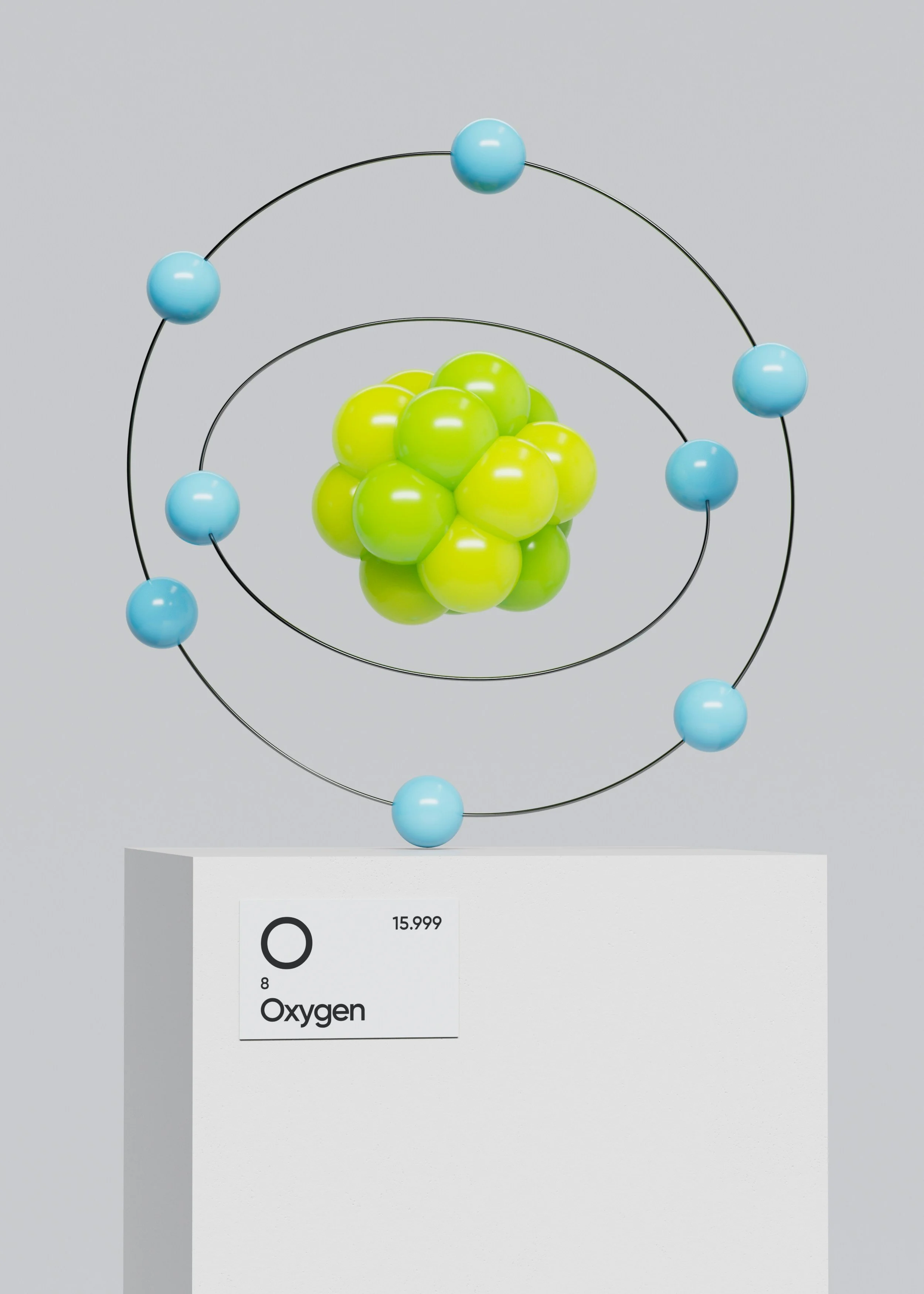Oxygen’s Journey: Activating the Pelvic Fascia and Muscles Through Breath
Breath is life. Every inhale draws in oxygen, the lifeblood of cellular energy, while each exhale carries away waste in the form of carbon dioxide. Within this rhythmic exchange lies a remarkable story—one of activation, transformation, and renewal that extends far beyond the lungs and deep into the pelvic fascia and muscles. By exploring the way oxygen travels through the body and the unique role of the apnoea breath in Hypopressives, we can uncover how this practice encourages better oxygen uptake, cellular energy production, and even a cleansing effect on our respiratory system.
Oxygen’s Path: From Inhale to Exhale
When we take a breath, oxygen enters our lungs and diffuses through alveoli into the bloodstream. From there, it hitches a ride on hemoglobin molecules within red blood cells, traveling to every tissue and organ. Once delivered, oxygen fuels the production of adenosine triphosphate (ATP)—the energy currency of our cells—through a process called cellular respiration. This energy drives everything from muscle contractions to cellular repair.
In the context of the pelvic floor, oxygenated blood flows into the fascia and muscles, invigorating these tissues. The pelvic fascia, a web of connective tissue, thrives on this oxygen-rich environment, which supports its elasticity, hydration, and overall function. Meanwhile, the pelvic muscles, responsible for core stability and organ support, gain the ATP energy they need to perform optimally.
As oxygen is utilised, carbon dioxide is produced as a byproduct and transported back to the lungs for exhalation. This cycle is not only vital for cellular health but also offers a natural cleansing process, ridding the body of metabolic waste and refreshing the respiratory system.
The Role of Hypopressives in Oxygen Uptake
Hypopressives, a low-pressure fitness practice centred on breath and posture, offers a powerful way to enhance oxygen uptake and utilisation. The practice incorporates an apnoea breath—a voluntary suspension of breathing following an exhale—which creates a vacuum effect within the thoracic and abdominal cavities. This unique mechanism has profound implications for oxygenation and pelvic health.
Enhanced Oxygen Efficiency: During the apnoea phase, blood is redistributed to vital organs and tissues, including the pelvic floor. This temporary shift supports oxygen delivery to areas often underserved, promoting tissue repair and resilience.
Activation of the Diaphragms: The interplay of the respiratory diaphragm and pelvic diaphragm during Hypopressives creates greater synergy between these transverse muscles. The apnoea breath helps release tension in the thoracic diaphragm, encouraging a more effective exchange of oxygen and carbon dioxide.
Tissue Cleansing and Renewal: The vacuum effect stimulates the lymphatic system, aiding in the removal of waste products. Simultaneously, the pause in breathing creates an opportunity for the body to recalibrate, optimising its use of oxygen and clearing metabolic byproducts.
Beyond Oxygen: A Holistic Impact
What makes Hypopressives truly remarkable is their holistic approach. Beyond oxygenation, the practice supports nervous system regulation, core stability, and pelvic floor function. By integrating breath, posture, and movement, Hypopressives invite the body into a state of balance where each system supports the other.
For those dealing with pelvic floor dysfunction, this synergy can be transformative. Hypopressives encourage an awareness of the internal ecosystem, where breath becomes the bridge between energy production, tissue health, and waste elimination. It’s a practice that reminds us of the body’s innate ability to heal and thrive when given the tools to do so.
Embrace the Power of Breath
The journey of oxygen through our body is nothing short of miraculous. It sustains life, fuels energy, and supports renewal at every level. Through Hypopressives and the apnoea breath, we can harness this power to activate the pelvic fascia and muscles, cleanse our respiratory organs, and foster a deeper connection to our body’s potential.
So the next time you pause to breathe, remember: within that breath lies the key to activation, transformation, and vibrant health. Let’s inhale deeply, exhale fully, and embrace the journey of oxygen—one breath at a time.
